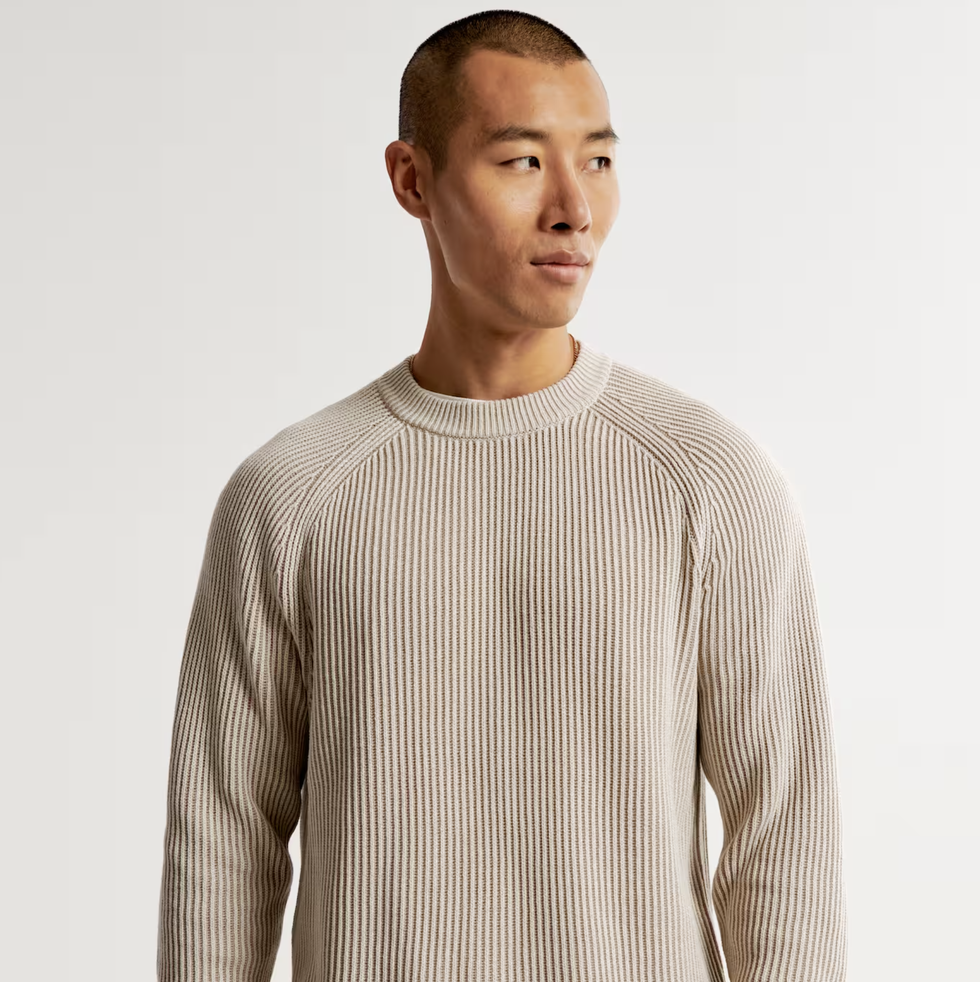
Norway sweaters, renowned for their durability, warmth, and unique aesthetic, are a testament to the time-honored craftsmanship that has evolved in response to the country’s demanding climate. Rooted deeply in tradition and often featuring distinctive patterns like the lusekofte or Marius design, these garments embody the essence of functional fashion. This article delves into the numerous advantages and benefits of owning and wearing a Norwegian wool sweater, emphasizing its practicality, sustainability, and cultural significance.
The Exceptional Qualities and Benefits of Norwegian Knitwear: A Focus on Wool Sweaters
1. Unmatched Insulation Properties
One of the primary benefits of Norwegian wool sweaters is their exceptional insulation capabilities. Made from high-quality wool fibers such as Merino wool or blends with local breeds, they trap body heat effectively due to the natural crimp of the wool fibers which creates tiny air pockets. These pockets act as insulators, keeping the wearer warm even when wet, making them ideal for cold climates and outdoor activities. Moreover, wool’s inherent moisture-wicking properties help regulate body temperature by drawing sweat away from the skin, preventing dampness and chilling.
2. Durability and Longevity
Norwegian wool sweaters are crafted with meticulous care, often using techniques passed down through generations. This results in garments that can withstand years of wear and tear. The inherent strength of wool fibers ensures that the sweaters do not easily pill, fray, or lose shape. Additionally, wool is naturally resistant to dirt and stains, and when cared for properly, it can last for decades, reducing the need for frequent replacements and thus contributing to a more sustainable lifestyle.
3. Natural Comfort and Breathability
Contrary to popular belief, high-quality wool does not necessarily itch against the skin. Norwegian wool sweaters are often made with fine-gauge knitting, resulting in a soft, comfortable feel. The breathable nature of wool allows for better air circulation, which prevents overheating and reduces clamminess. Some brands also incorporate anti-bacterial properties, ensuring freshness even after extended use without washing.
4. Environmental Sustainability
Wool is a renewable resource, as sheep produce fleece annually. In Norway, many producers prioritize ethical and sustainable farming practices, further enhancing the eco-friendliness of the product. The biodegradable quality of wool means that at the end of its lifecycle, it returns to the earth without causing harm. Furthermore, wool garments require less energy to manufacture than synthetic alternatives, and they have a lower carbon footprint overall.
5. Cultural and Stylistic Appeal
Norwegian wool sweaters boast an undeniable aesthetic charm, thanks to their vibrant colors and intricate designs. They serve as wearable art, telling stories of Norway’s rich history and folk traditions. From the colorful Fair Isle patterns to the iconic red-and-white stripes of the Marius sweater, each piece is a reflection of the country’s heritage. As a fashion item, these sweaters are highly versatile – they can be dressed up or down, worn as a statement piece or layered for additional warmth, and they complement both casual and formal attire.
Conclusion
In summary, Norwegian wool sweaters offer a blend of practicality, durability, comfort, sustainability, and cultural allure. Their ability to provide superior insulation while maintaining breathability and style makes them a cherished wardrobe staple. Investing in one of these timeless pieces not only supports traditional craftsmanship but also ensures you have a garment that will endure harsh weather conditions and changing fashion trends, providing warmth and pleasure for years to come.